La Casa Verde, in Miramar, Havana (Photo Feature)
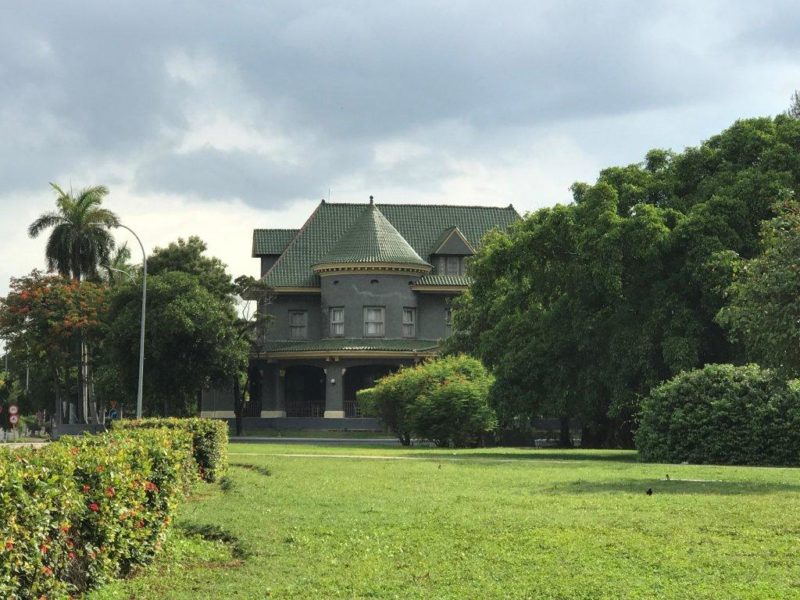
By Irina Pino
HAVANA TIMES – La Casa Verde (The Green House) is one of the most unique houses in Havana. It’s located just by the tunnel exit on 5th Avenue, Miramar, in front of Parque de Cero.
I started living in the area in the ‘90s, and I would become engrossed looking at it from afar.
I was scared to walk by it, it was the Witches’ House, because of its ramshackle, dark and ghostly appearance.
The building really belonged to Armando de Armas though, the former butler at the presidential Palace for eight years (1913-1921) under Cuban president Mario Garcia Menocal.
It was designed by architect Jose Luis Echarte, and its perimeter was drawn out with different geometric shapes, rectangles, squares and circles.
Surrounded by a wide vestibule, it has a turret on the left. At the top of this turret, there is a room with an exceptional, sunny view, but it gets very hot in the day.
The building has three floors, five bedrooms, a living room, dining room, kitchen, laundry room and attic. There is a terrace and garden in the back.
The latter didn’t come with the plot of land, the terrace was built after its renovation, and the garden used to be a state-owned vegetable patch selling its produce.
It has two staircases, which take you up to the second floor, and an internal spiral staircase which is like the backbone of the building, from the ground floor up to the attic.
It was built over 9 months using bricks, cement, beautiful wood, Carrara marble and green (Spanish), curved, quarried tiles, brought over from the US.
The building’s history (real or fiction)
Its second and last owner was Luisa Rodriguez Faxas and a niece. Luisa came from a well-to-do family, and her mother gave her the house on her 20th birthday. They lived in El Vedado before.
The young woman studied piano and performed concerts in public spaces. She was very modern and would cruise around in her convertible with her two pedigree dogs.
She married a lawyer and writer. The couple had three children. On vacation in Miami, the husband died from a heart attack. She then came back to the island to bury his body and put the estate in order. The children stayed in the US with an aunt.
She’d never see them again; in the ‘60s, political relations between Cuba and the US completely broke down, and she was unable to travel and bring them back.
She married a second time to an ophthalmologist, a family friend, but her children disapproved of him and cut ties with their mother. She only kept in contact with one daughter. Later, she got a divorce.
In the ‘70s, a niece came to keep her company. Her cousins from eastern Cuba also came to visit her.
Life in that house was different, they were night-owls, and would hold social gatherings and parties at night. They wouldn’t wake up until past 2 PM.
The women shared common interests, they loved books, studied languages, and reared dogs and cats. They adopted many stray animals.
The State made many proposals to Luisa for the property, for her to move, but she always put it off or refused. She didn’t want to leave her house. Word has it she didn’t want to leave because there is treasure hidden behind a wall, that she hoped to find one day.
Maybe she was happy, while everything changed outside its walls, but the years passed by and the house began to fall into ruin. In the ‘90s, it was already hard for her to pay for repairs, there were so many holes on the facade, fallen tiles, leaks whenever it rained, leaks inside. It looked like a grave at night, enshrouded in darkness.
Luisa died from lung cancer, in 1999. Six months later, her beloved niece had a heart attack.
Did La Casa Verde not have any heirs? It’s up for debate.
Renovations
The City’s Historian Office repaired it, keeping to the original design as much as possible. The renovations work lasted four years and won the Renovation Award in 2010.
It was supposed to be a hostal for government leaders visiting the island. Nevertheless, because of its location (in the public eye), it became the Center for Modern and Contemporary Architecture, Urban Planning, and Interior Design.
When renovations began, the French windows were removed, and the original guillotine-style windows were found. They were apparently covered up to counteract the summer heat and sun. Marquetry was found in the attic.
Nobody knows where Luisa’s furniture and objects ended up. The building’s original features include the marble floors, marquetry, the windown on the staircase with glass, the iron handrail, the spiral staircase, and an embellished laundry room in the kitchen.
The current furniture is a mishmash of styles, but harmoniously placed together. It is decorated with paintings by Cuban artists, such as Ever Fonseca, Carlos Guzmán, Agustin Drake, Eduardo Abela, Agustin Begerano, Jorge P. Duporte, Lourdes Gomez, Vicente R. Bonachea, etc.
Some paintings are allegories of the house’s residents and their myths.
It’s a shame that landscape architecture wasn’t employed in the gardens, the water mirrors are dry, the trees are denser on one side, while the sun scorches down on the other all day long. Nor do the benches and statues match the surroundings.
But it’s worth going to see this wonderful house. On Wednesdays, there are guided tours, from 10 AM onwards, which you have to book over the phone in advance. There are also musical soirees in the afternoon with solo artists and groups.
La Casa Verde is famous thanks to renowned photographer Robert Polidori’s work, who captured its magic with his lens, where decadence floats in the air like another ghost.
Polidori’s pictures are accompanied by his poem: The death of a house. Here is a fragment in English and a Spanish translation.
…what I am relating is not story,
But, an unsullied history –my history.
I have lived an honorable life
In a style that the world is losing.
(…)
Home, I’m home.
More than stone and railing.
More than shade and ground
More than roof and wall.
I´m all these. I have a soul.


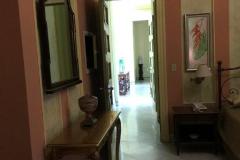
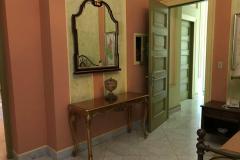
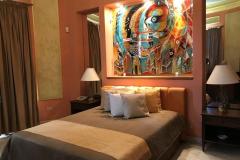
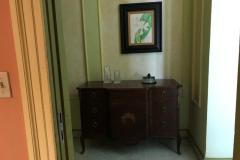
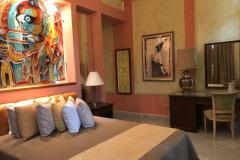
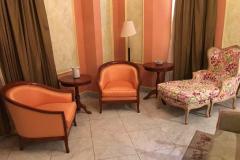

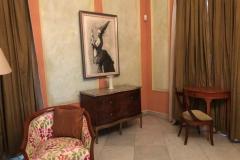
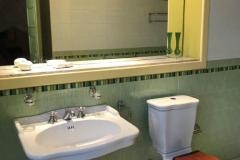

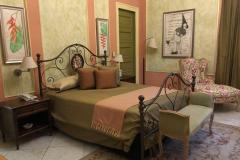
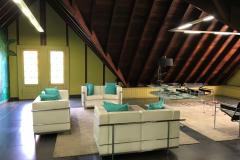
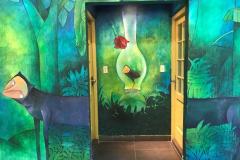
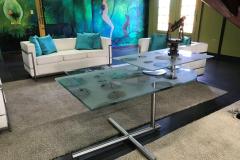
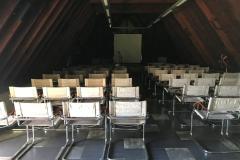
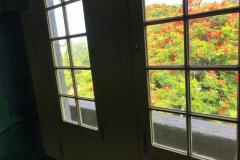
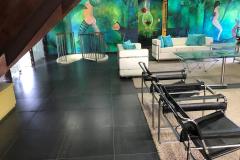
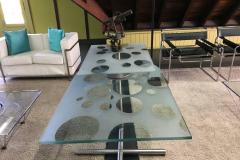
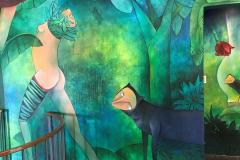
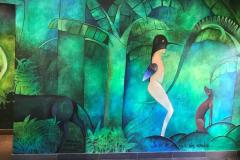
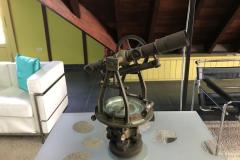
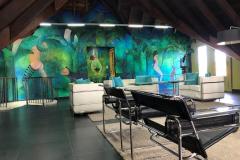
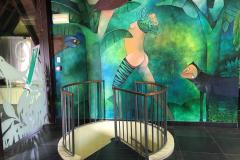





This house is a living proof how capitalism works. A simple servant was able to build a maison of this magnitude in the republican Cuban era and how an engineer, doctor, and others professionals in the Cuba today live in total misery
This writeup & photos of this grand old house are very interesting.